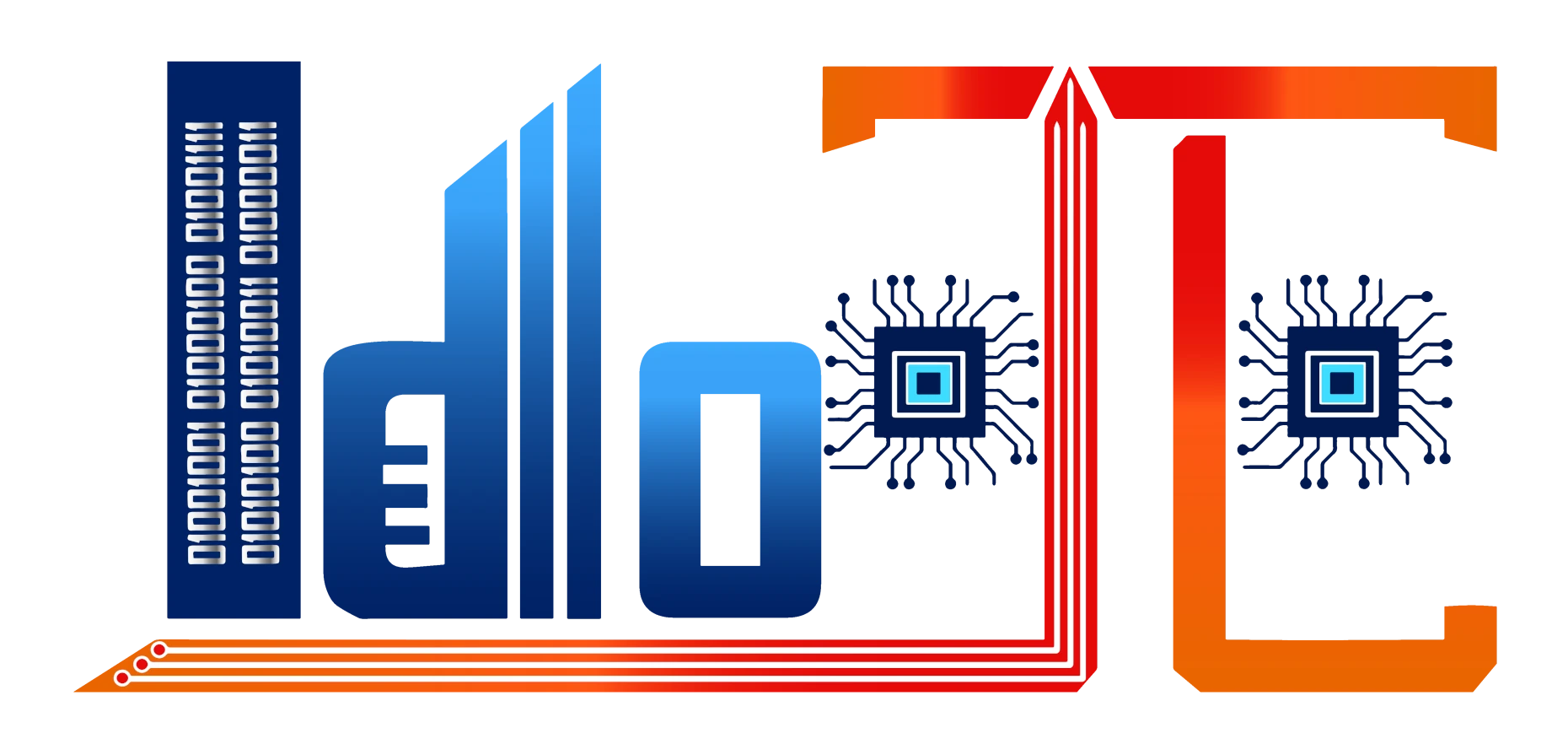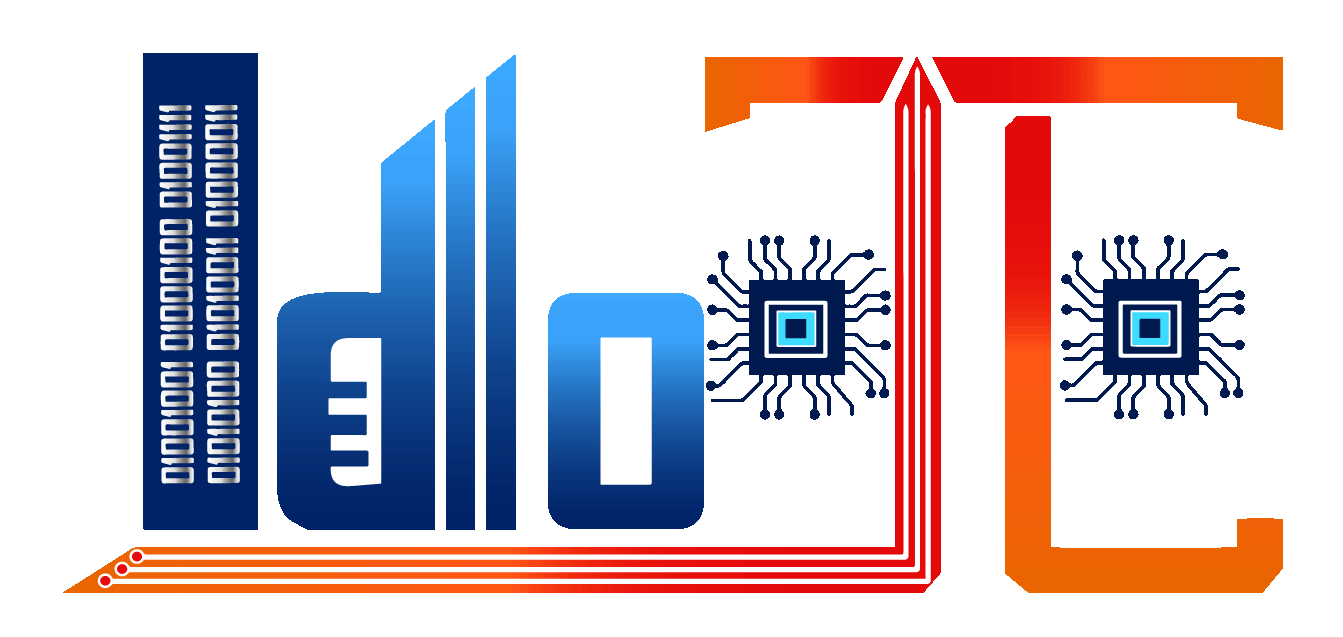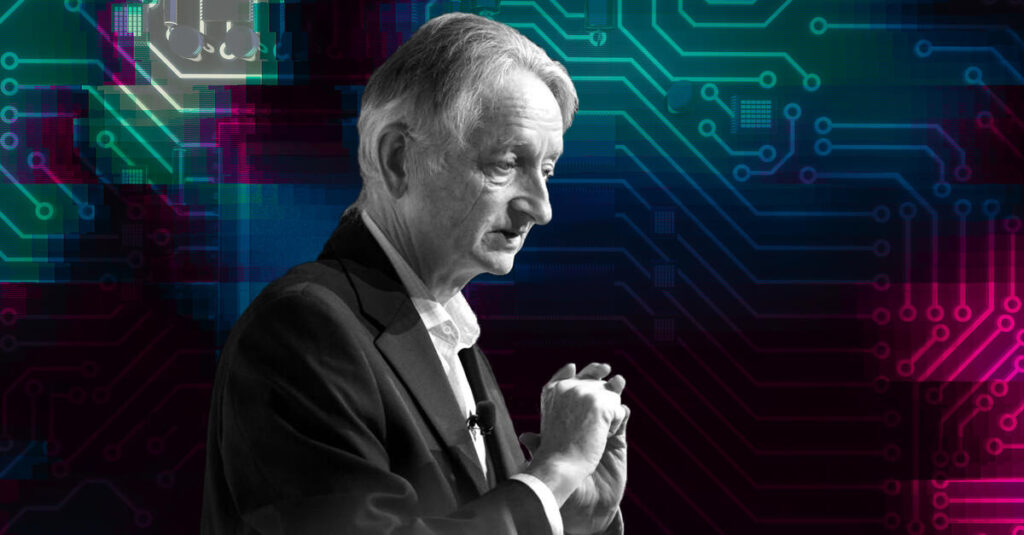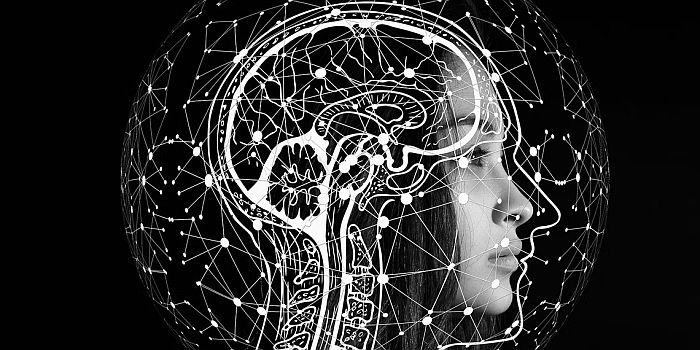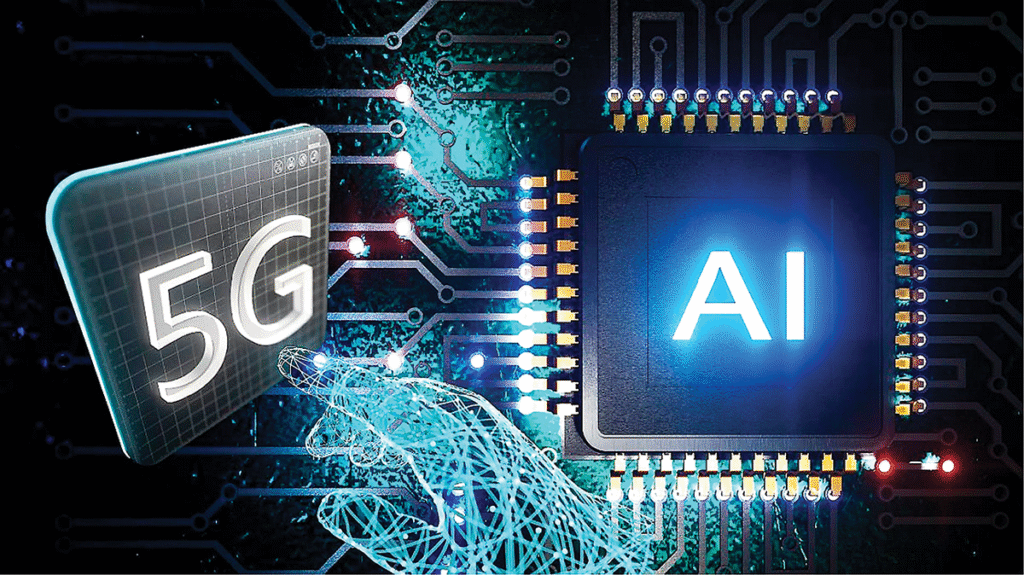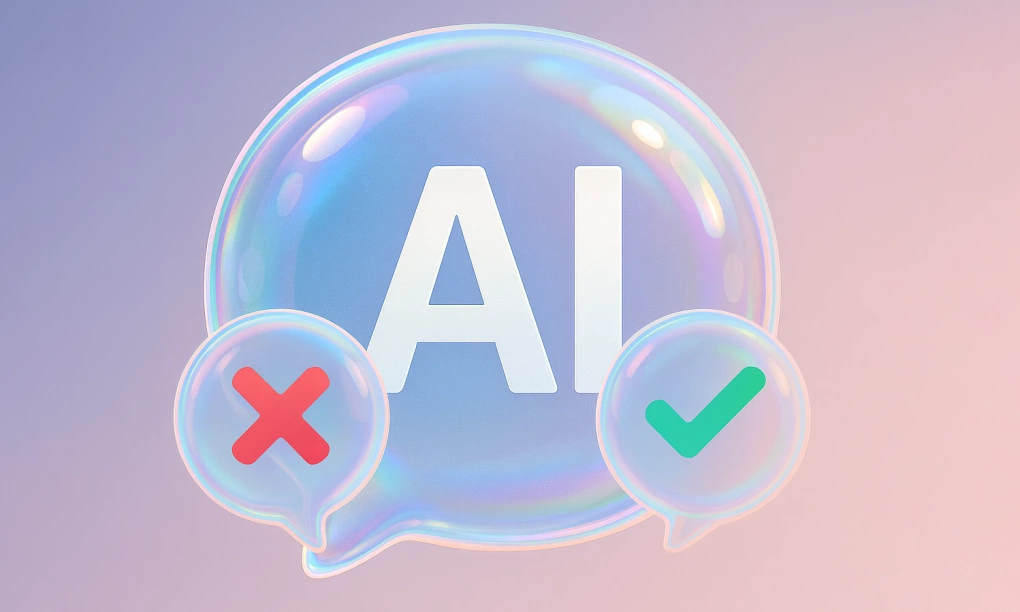Artificial Neural Networks and How They Work
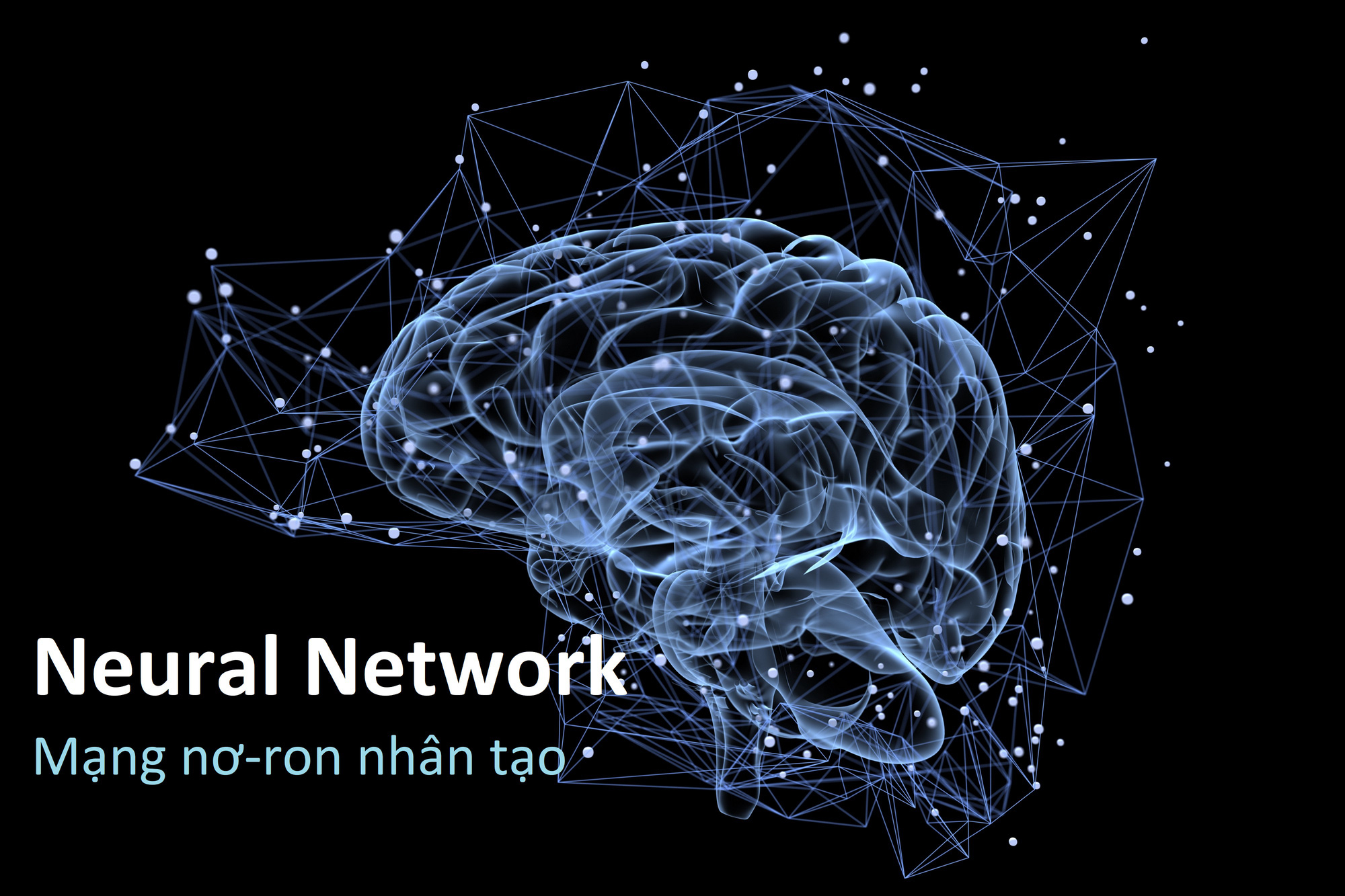
What is a neural network?
A neural network is a method in artificial intelligence that is used to teach computers to process data in a way that mimics the human brain. It is a type of machine learning process, called deep learning, that uses nodes or neurons that are connected together in a layered structure similar to the human brain. This method creates an adaptive system that computers use to learn from their mistakes and continually improve. Therefore, artificial neural networks aim to solve complex problems, such as document summarization or facial recognition, with greater accuracy.
How are neural networks different from other artificial intelligence networks?
Neural networks can help computers make intelligent decisions with only limited human assistance. This is because they can learn and model complex, non-linear relationships between input and output data. For example, they can take on the following tasks.
Making generalizations or inferences
Neural networks can understand unstructured data and make general observations without any specific training. For example, they can recognize that two different input sentences have similar meanings:
Can you tell me how to pay?
How can I transfer money?
Neural networks will know that both sentences have the same meaning. Or they will be able to roughly distinguish that Baxter Road is a place, and Baxter Smith is a person’s name.
What are neural networks used for?
Neural networks are used in a wide range of applications, such as:
Medical diagnosis by classifying medical images
Targeted marketing by social media filtering and behavioral data analysis
Financial prediction by processing historical data of financial instruments
Forecasting energy demand and electricity load
Process and quality control
Chemical compound identification
Here are four important applications of neural networks.
Computer vision
Computer vision is the ability of computers to extract data and insights from images and videos. With neural networks, computers can differentiate and recognize images in a similar way to humans. Computer vision is used in a variety of applications, such as:
Image recognition systems in self-driving cars so they can recognize traffic signs and other road users
Content moderation to automatically remove unsafe or inappropriate content from image and video archives
Facial recognition to identify faces and features such as open eyes, glasses, and beards
Image labeling to identify brand logos, clothing, protective gear, and other visual details
Speech recognition
Neural networks can analyze human speech, regardless of voice pattern, pitch, tone, language, and accent. Virtual assistants like Amazon Alexa and automated transcription software use speech recognition to do things like:
Support call center agents and automatically classify calls
Convert medical conversations to text in real time
Create accurate captions for videos and meeting recordings to expand the reach of content
Natural language processing
Natural language processing (NLP) is the ability to process natural text generated by humans. Neural networks help computers extract insights and meaning from text data and documents. NLP is used in a variety of ways, including:
Virtual agents and automated chatbots
Automated sorting and categorization of recorded data
Intelligent business analysis of long documents such as emails and forms
Indexing key phrases that express sentiment, such as positive and negative social media comments
Summarizing documents and creating articles on a given topic
Recommendation engines
Neural networks can track user activity to make personalized recommendations. They can also analyze any user behavior and find new products or services that a particular user might be interested in. For example, Curalate, a Philadelphia-based startup, helps brands generate sales from social media posts. Brands use Curalate’s intelligent product tagging (IPT) service to automate the collection and curation of user-generated social media content. IPT uses neural networks to automatically find and recommend products relevant to a user’s social media activity. Consumers no longer have to hunt through online catalogs to find a specific product from a social media image. Instead, they can use Curalate’s automated product tagging service to make purchases with ease.
